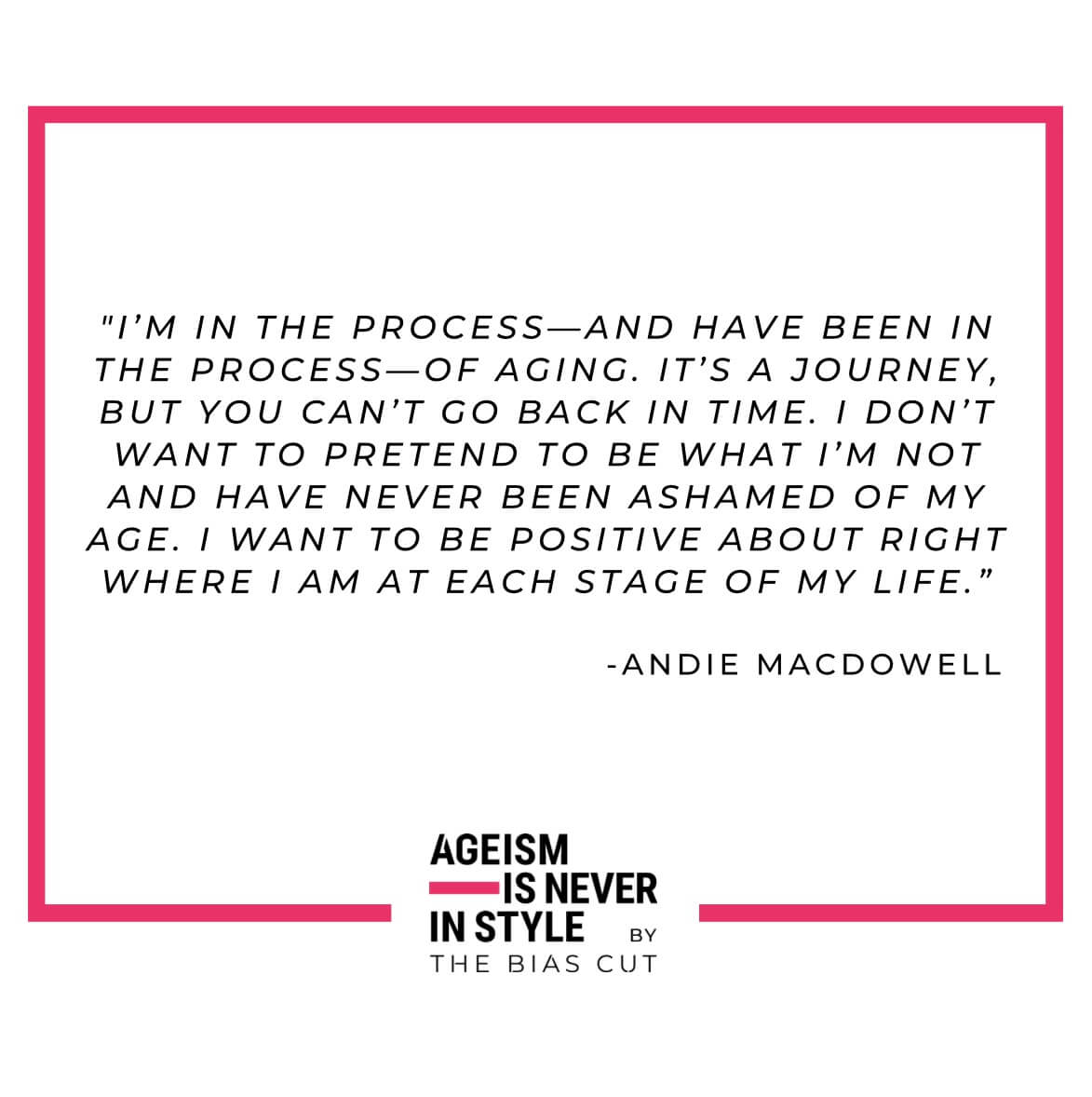And Just Like That… the Sex & The City reboot series is over
Whether you’ve watched it or not, for the past two months you’d be hard to avoid seeing an article pop up every day about the series. From story lines to clothing styles to sexual assault allegations, the internet has left no stone unturned when analysing the series. And yet… here I am writing another article about it.
It might come as a bit of surprise that this is the first time I’ve discussed the series publicly. A show about style and women in their 50s – surely I’d have a lot to say? It’s my bread and butter. And yet, I purposely decided to hold back until the series had ended. The majority of the internet has been so quick to critique and nit-pick the show (even before it launched) that it’s easy to get swept up in the zeitgeist. Plus I didn’t want my personal feelings about the story lines (#JusticeForSteve) to cloud my judgement.
Now that I’ve had time to step back and reflect on the show as a whole (and let my anger towards Miranda subside), I’m able to objectively consider how it portrayed 50+ women today. And, on reflection, I’d say the show was more successful that it originally seemed. *spoilers ahead*
When the first images for the show were released, the core 3 actresses faced huge criticism for how they now looked. In particular Kristen Davis was lambasted for having had work done on her face, whilst Cynthia Nixon aka Miranda’s fiery red hair had gone grey. The image seemed to indicate we’d be getting a stereotypical representation of what it means to be a 50+ woman today: you’re either in denial and craving youth, or you feel the only way to show you’re embracing your age is by going grey.
But whilst the show did acknowledge these perspectives on ageing, it did so in a refreshingly new way. Rather than saying one was right and the other was wrong, it explored the importance of choice.
Take Miranda’s hair for example. Within the first 5 minutes of the show, Miranda’s grey hair was a topic of conversation. She personally liked it, but was battling with society’s ageist decree that grey hair makes one look ‘old’ (not helped least by Charlotte). With Carrie’s encouragement, she stuck with it for the remainder of the show, but in her final scene she’d gone back to her signature red.
Now, on face value, this didn’t look great. Throughout the series she’d struggled with alcoholism and feeling trapped in a stale marriage. By the end, she’d ‘resolved’ these issues: now sober, exploring her sexuality and moving to California with new partner Che. In other words, her hair was grey until she discovered her new found happiness. But we should look beyond this. As she points out, it’s not that she’s no longer “Grey Proud”, she just fancied a change again. That doesn’t prohibit her from returning to grey in the future. As she puts it earlier in the episode “Why am I not allowed to change a little? Or a lot?”
And that’s the point. Miranda should have the choice to decide what’s right for her, at any point in time, as she gets older – a lesson she’s taught a few episodes earlier.
In episode 6, the core 3 discuss Carrie’s consideration of having a face lift to “erase the last 15 years”. Miranda is against it – highlighting how women aren’t allowed to age in society – but Charlotte protests that one shouldn’t judge if a woman wants to have a bit of work done. And I completely agree. As I’ve always said, ending ageism is about being empowered to have the choice to age however one wants.
In the end, Carrie chooses against a facelift. She’d rather embrace her visible signs of ageing – and thus her life – over the past 15 years. And for her, it was the right choice; after all she only considered the face lift after a doctor suggested it. But if she’d decided to proceed, that wouldn’t have made her wrong. The only issue would have been if her decision was based on feeling pressured into it (and, even then, if that were the case, rather than attacking her, we should be turning our attention to the source of the pressure instead). Ultimately Charlotte was right: the choice should be hers, and only hers to make.
The show equally deserves credit for its representation of midlife women – or more specifically the diversity amongst midlife women. We’re so used to 50+ women being lumped together into one giant cohort, but instead the show depicted several women of similar ages on very different paths with very different backgrounds. In particular, I enjoyed the new addition of Seema, played by Sarita Choudhury, as a 54 year old highly successful and powerful New York City realtor who’s never found the perfect partner, and hopes to one day.
So whether or not you like how the ladies were represented – and the story lines that accompanied them - we can’t complain that the show fell into the trap of pigeon holing them. In fact, I’d say the midlife men faired much worse (Big died, Steve was senile) – and it’s quite a contrast for once that the women aren’t the ones being stereotyped.
No, the show wasn’t perfect. But let’s give credit where it’s due. It did attempt to portray midlife women in a refreshingly modern way, and it highlighted both the personal and public difficulties women have to navigate with ageing. Perhaps even more importantly, it has increased awareness, and sparked discussion and debate on the topic. And I’m all here for that.
Image credits:
CRAIG BLANKENHORN / HBO MAX












